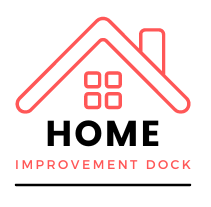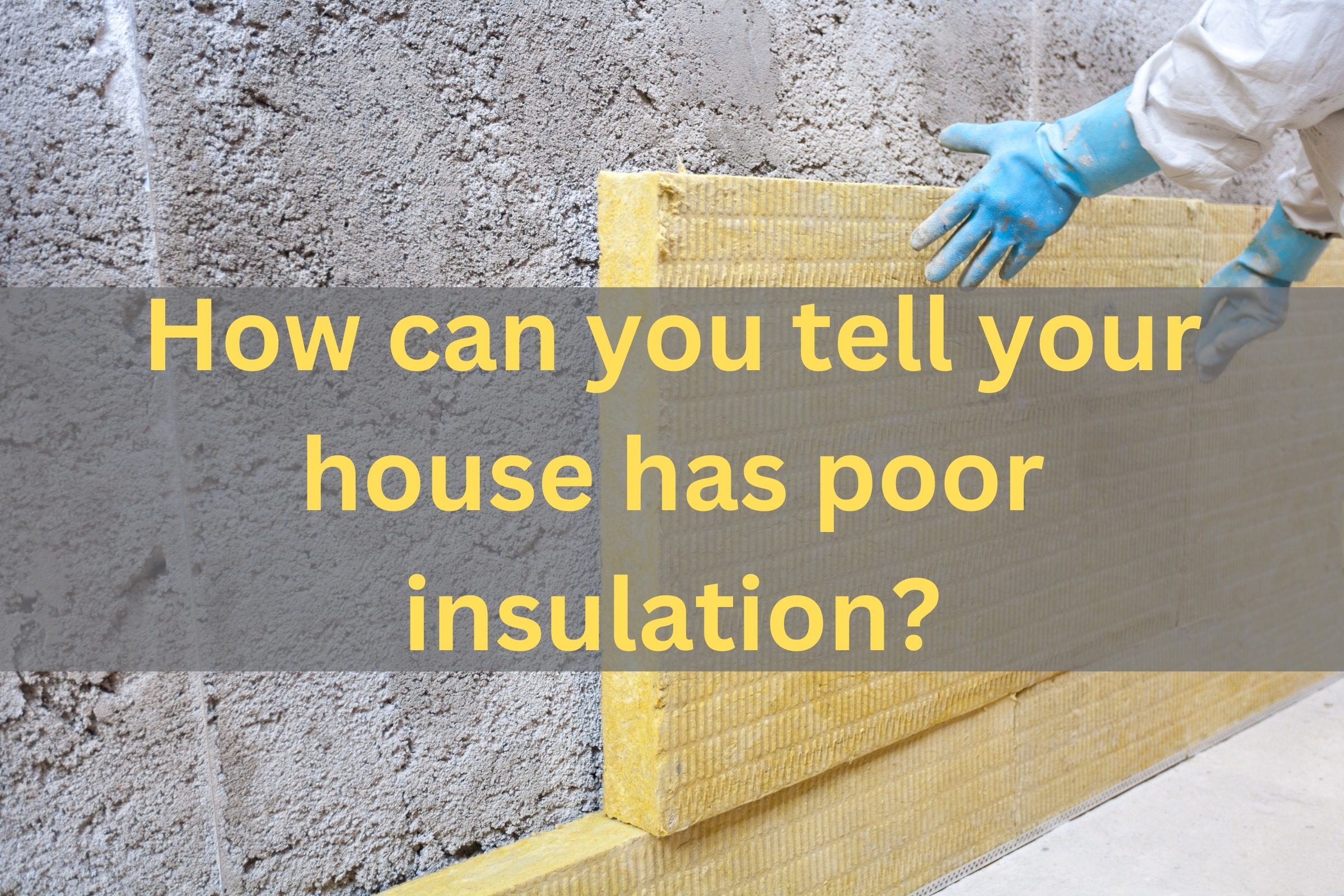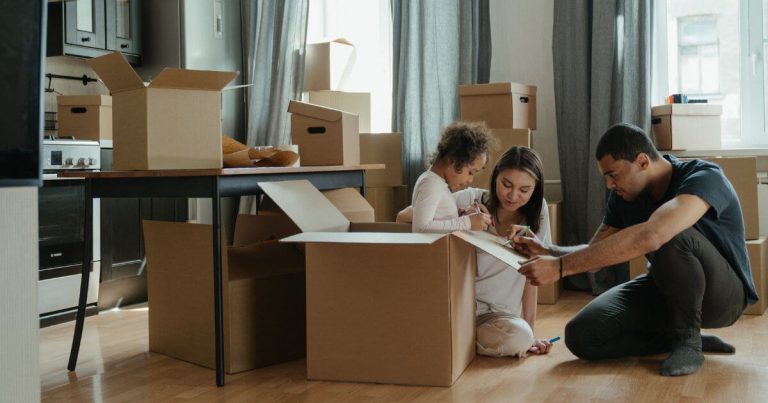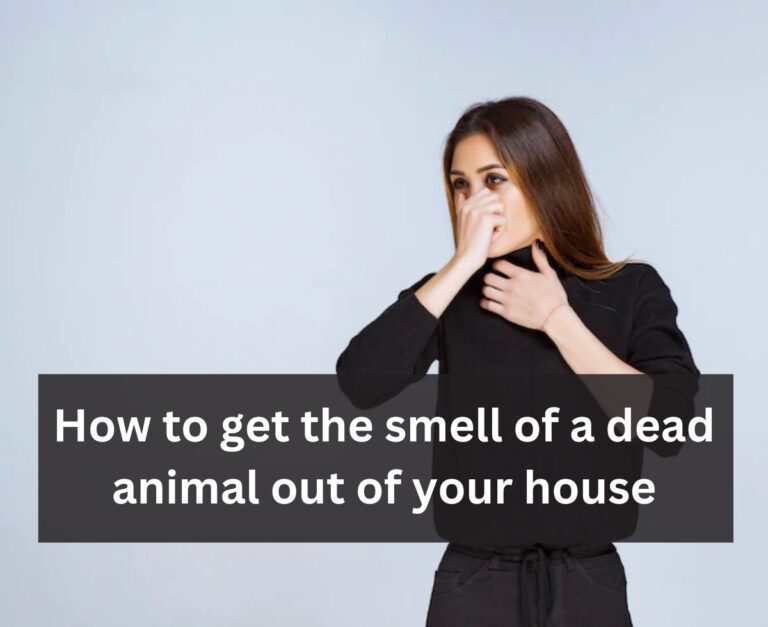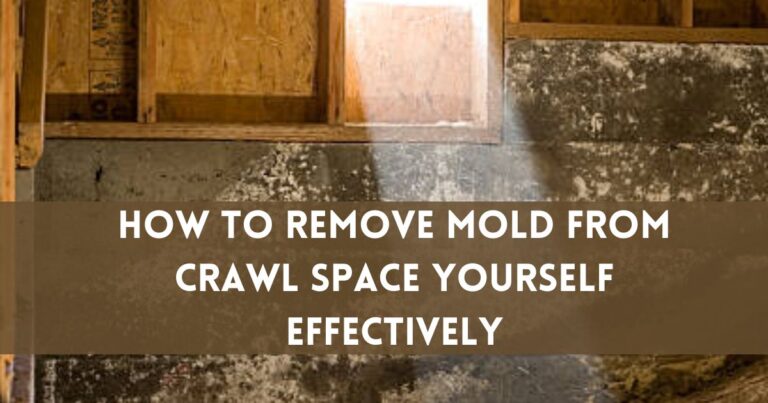How To Tell Your House Has Poor Insulation
Proper home insulation allows you to maintain ideal room temperature while saying on energy bill. If your house has poor insulation, a lot could go wrong.
So, how can you tell your house has poor insulation? You can tell your house has poor insulation if:
- Your energy bills are higher than usual
- There are cold spots on walls, floors, or ceilings
- Rooms have extreme temperature variations
- You feel drafts around windows and doors
- You hear noises from the outside more clearly
- Your home is less comfortable than in previous years
- There is condensation or mold growth on walls or windows
- You see ice dams or melting snow on your roof
- Pipes have frozen in unheated areas like garages
- Humidity levels inside feel higher than normal
If you identify any of these signs, you will need to take the necessary measures to rectify the problem. Read on to learn how to identify them and what to do to fix the problem.
What are the Signs Your House Has Poor Insulation?
Home insulation plays a significant role in keeping your home warm during the wintertime and cool throughout the summer months. It ensures that the temperature inside your home stays consistent and comfortable. It’s crucial that you’re aware of any signs that your home may not be properly insulated.
Under-insulated homes can result in costly utility bills and make it difficult to maintain a comfortable temperature inside your home. Here are a few ways you can tell if your home is under-insulated.
1. High energy bills
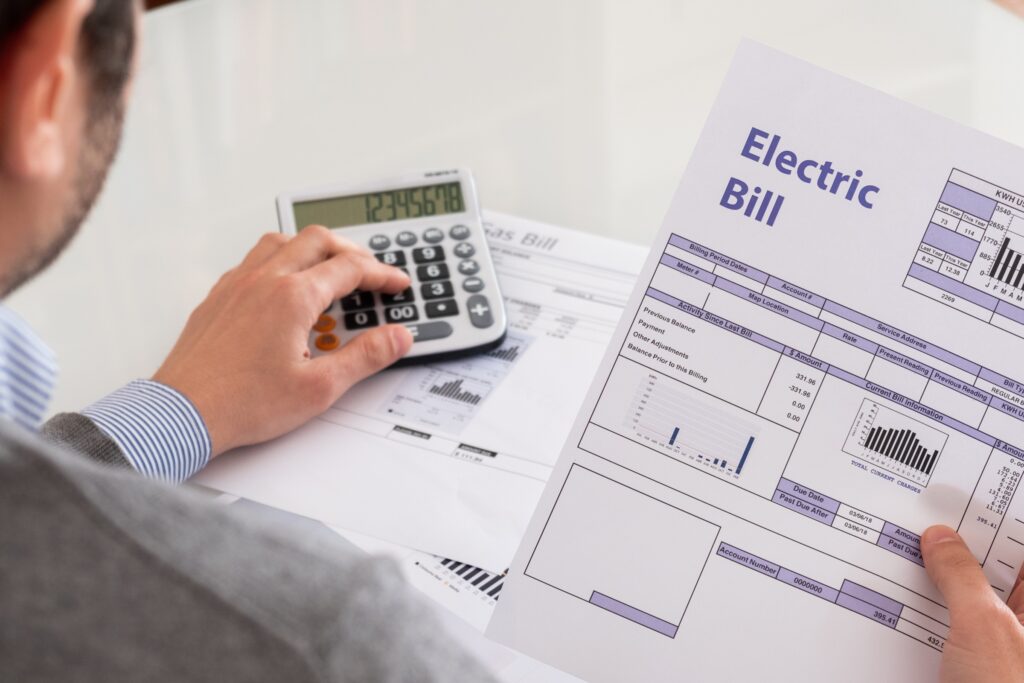
By checking your billing history and reviewing your energy consumption, you can know whether your home is adequately insulated. If you see a significant bill climb during the hotter and colder months, you likely don’t have enough insulation. This forces your HVAC system to work overtime to maintain even temperatures, which wastes money and decreases comfort levels.
2. Cold floors, ceilings, or walls
If you have cold floors, ceilings, or walls, your house likely has poor insulation. This is because heat rises, so if your floors and ceilings are cold, the heat is not trapped in your home. You can test this by feeling for drafts near windows and doors. If you feel a draft, there is heat escaping from your house.
3. Extreme temperature changes from room to room
One of the telltale signs that your home has poor insulation is if you experience extreme temperature changes from room to room. If some rooms in your home are always too hot or cold while others are just right, there’s likely an insulation issue.
4. Pests or insects
It may be because of poor insulation if you have pests or insects in your home. Insects are attracted to warm places, so if your home is not insulated correctly, they may come in through cracks and crevices. You may also notice an increase in dust or cobwebs in your home if it is not correctly insulated.
5. Ice dams
If your home is insulated correctly, heat will have a harder time escaping through the roof. This means that your attic and upper floors will be warmer, and ice dams are less likely to form. If you live in an area where it snows frequently, keep an eye out for these telltale signs of poor insulation:
- Large icicles hanging from your gutters
- Snow melting on your roof, but not in other areas
- Water stains on your ceilings or walls
If you notice any of these signs, it’s time to call a professional to look at your insulation. You may need to add more insulation or replace what you have with a better-quality product.
6. Allergies
A well-insulated home prevents allergens such as dust and pollen from entering. If you experience allergy symptoms even when indoors, it may be because allergens are getting into your home through gaps in the insulation. Another possibility is that your furnace or air conditioner is circulating allergens throughout the house. Improving the insulation in your home can help to alleviate allergy symptoms.
7. Cold drafts
One of the most common signs that your home has poor insulation is if you feel drafts coming from outside. To test for drafts, hold your hand near doors and windows. If you feel a draft, there is heat escaping from your house. Using a lit candle or incense stick, you can also check for drafts. Move the flame around the perimeter of doors and windows. If the flame flickers or is blown out, there is a draft.
8. High humidity levels
Moisture from poor insulation can cause severe problems like mold and mildew. Not only is this a nuisance, but it can also cause health problems for you and your family. If your home feels more humid than usual, it’s a good idea to have your insulation checked out. You can usually tell if there’s a problem by looking for water stains on your walls or ceilings.
9. Leaking attic
Inadequate attic insulation is one of the most common causes of home energy loss. Attics are particularly vulnerable to heat loss since they are often poorly insulated and not well sealed. If your attic is not adequately protected, heat from your home will escape through the roof and into the attic. This can cause your energy bills to skyrocket and make your home uncomfortable.
10. Frozen Pipes
Frozen pipes are another problem that can occur in homes with poor insulation. Frozen pipes can cause water damage and lead to expensive repair bills. To prevent frozen pipes, keep the inside of your home warm and dry. If you have any exposed pipes, be sure to insulate them. Also, disconnect any hoses from outside faucets and store them indoors during winter.
How to Improve the Poor Insulation in a House
Making a few quick and easy changes around your home can lower your energy costs while reducing heat loss. These little insulating tweaks will add up to big savings on your heating bills. Whether you are looking for ways to improve the insulation in your walls, attic, or floors, here are a few tips to help improve the heat insulation in a house.
1. Cavity wall insulation
One of the most effective ways to improve the insulation in your home is to add cavity wall insulation. This will help prevent heat loss through the walls and reduce drafts.
2. Solid wall insulation
Another great way to improve the heat insulation in your home is to add solid wall insulation. This will help to keep the heat in and the cold out, and it will also reduce noise pollution.
3. Floor insulation
If you have cold floors, you may consider adding floor insulation. This will help keep your feet warm and reduce heat loss through the floors.
4. Loft and roof insulation
One of the best ways to improve the heat insulation in your home is to add insulation to the loft and roof. This will help to keep the heat in and the cold out, and it will also reduce noise pollution.
5. Window and door insulation
To improve the heat insulation in your home, you can also add insulation to your windows and doors. This will help to keep the heat in and the cold out, and it will also reduce drafts.
6. Energy-efficient appliances
Another great way to improve the heat insulation in your home is to switch to energy-efficient appliances. This will not only help to improve the insulation in your home, but it will also help to reduce your energy costs.
7. Draught proofing
One of the quickest and easiest ways to improve the heat insulation in your home is to draught-proof it. This will help to prevent heat loss through gaps and cracks, and it will also reduce noise pollution.
8. Insulating radiators, tanks, and pipes
Another great way to improve the heat insulation in your house is to insulate radiators, tanks, and pipes. This will help prevent heat loss and reduce the risk of freezing. Pipes in unheated areas, such as garages and attics, are particularly at risk of freezing and bursting, so it is essential to ensure that they are properly insulated.
How to fix a poorly insulated house
It’s no secret that good insulation is key to a warm and energy-efficient home. But what if your house already has poor insulation? You might be feeling drafts, seeing higher energy bills, or noticing that your home is uncomfortable in both hot and cold weather. There are a few things you can do to improve the insulation in your home, below are ways to fix a poorly insulated house:
1. Check for air leaks
One of the most common places for heat to escape from your home is through small cracks and openings. These are often found around doors and windows but can also be in other places like electrical outlets and attic hatches. Use caulk or weather-stripping to seal up any leaks you find.
2. Upgrade your attic insulation
Heat can easily escape through the roof if your attic is poorly insulated. Adding more attic insulation is a great way to improve your home’s energy efficiency. Make sure to use insulation with a high R-value for the best results.
3. Add a vapor barrier
A vapor barrier helps prevent moisture from getting into your insulation, which can cause it to lose effectiveness. You can usually find vapor barriers at your local hardware store. Vapor barriers are especially important in humid climates.
4. Get an energy audit
An energy audit is a great way to identify areas where your home is losing heat. A professional will come to your home and assess how well it is insulated and identify any air leaks. They can also recommend specific improvements that will make your home more energy-efficient.
5. Use thermal imaging
Thermal imaging is a tool that can help you to identify areas of heat loss in your home. This is especially useful for finding hidden air leaks. You can usually find thermal imaging services through your local utility company.
Conclusion
Poor insulation is a major cause of wasted energy in homes. By improving the insulation in your home, you can save money on your energy bills and make your home more comfortable. A home energy rating system can be a great way to assess the insulation in your home and identify areas that need improvement. Remember, even small changes can make a big difference when it comes to improving the insulation in your home.
